Do you ever feel like someone is stabbing you between the shoulder blades with an icepick?
In my early 20s, my game of choice was StarCraft II. I was by no means an E-sport athlete, but I was averaging about 100-150 actions per minute (APMs) and playing for about 3-4 hours a day. By the time I had reached my mid-20s, I had a nearly constant aching and burning sensation underneath my right shoulder blade. I could alleviate the discomfort by shifting positions or stretching my shoulders, but I could never get it to go away completely. The discomfort reached a point where I could not play for more than 30 minutes before the burning sensation would escalate from a mild annoyance to a significant distraction. It was around that time, after urging from my primary doctor, that I stopped playing PC games entirely. I wish I could say that giving up PC games put an end to my discomfort, but far from it, I struggled with these episodes of feeling like someone was pushing an icepick right underneath my right shoulder blade for years.
The discomfort reached a point where I could not play for more than 30 minutes.
It was not until I was in physical therapy school that I unraveled the mystery behind my persistent discomfort. The burning sensation between my shoulder blades was identified as the Cloward sign, a referral pattern originating from my cervical spine. In essence, the reason my attempts at shoulder stretching yielded only temporary relief was that the root cause wasn't situated in my shoulder; rather, it stemmed from issues within my neck.
Cloward sign, a pain referral pattern that originates from my cervical spine.
Now in my mid-thirties with two little kids, I don’t really have too much time to play StarCraft II. However, I do still have to spend quite a bit of time behind a computer, and I do still get the occasional burning discomfort between my shoulder blades. But now I have a simple set of six exercises that I do 2-3 times per day that keeps me pretty much pain-free 99% of the time. Today, I want to share these exercises with you in the hopes that you can achieve the same results with your neck pain.
First this:
Medical Disclaimer: The information provided in this exercise regimen is intended for general informational purposes only and should not be considered professional medical advice. Before initiating any exercise program, it is strongly advised to consult with your healthcare provider, particularly if you have pre-existing health conditions or concerns. If, during the course of these exercises, you experience any discomfort, pain, or symptoms that worsen, it is crucial to cease the activity immediately and seek guidance from a qualified healthcare professional. The exercises presented here are not a substitute for professional medical evaluation, diagnosis, or treatment. Participation in these exercises is at your own risk, and the creators of this content bear no responsibility for any injury or harm that may occur. Always prioritize your health and well-being by seeking personalized advice from a healthcare provider before engaging in new physical activities.
Exercises
The key to these movements is consistency; I do these throughout the day when I start to feel my neck stiffening up.
There is a QR code above that can be used to access the exercises online and see videos of the movements. There is also a PDF attachment with all the movements described below that can be downloaded.
Note:
Perform each exercise for 3 sets of 10 repetitions unless otherwise specified. Scapular retractions involve holding for 10 seconds instead of repetitions. Adjust the frequency based on personal comfort and progress.
Seated Cervical Rotation:
Setup Begin sitting in an upright position. Movement Turn your head to look over one shoulder, then return to the starting position and repeat to the other side.
Seated Cervical Extension
Setup Begin sitting in an upright position. Movement Tip your head backward, looking up toward the ceiling, then return to the starting position and repeat.
Seated Cervical Flexion
Setup Begin in an upright seated position. Movement Slowly nod you head, tipping your chin down slightly toward your chest. You should feel as if you are stretching the muscles in the back of you neck as you do this motion. Tip Make sure to maintain an upright seated position as perform this movement.
Seated Cervical Sidebending
Setup Begin sitting in an upright position Movement Tilt your head sideways, pulling your ear toward one shoulder, then return to the starting position and repeat toward the other side. Tip Make sure to keep your back straight and do not let your head rotate, or bend forward or backward.
Seated Scapular Retraction
Setup Begin sitting in an upright position. Movement Gently squeeze your shoulder blades together, relax, and then repeat. Tip Make sure to maintain good posture during the exercise.
Cervical AROM Flexion and Rotation
Setup Begin sitting upright in a chair. Movement Bend your neck forward toward your chest. Rotate your head to one side as far as is comfortable, then rotate it back to the other side. Tip Make sure to keep your back straight and upright during the exercise.
Closing Thoughts
Incorporating these exercises into your routine can be a game-changer for alleviating neck discomfort, especially for E-Sports. However, it's essential to remember that individual needs vary, and a tailored approach is often the key to sustained relief. For a more personalized and comprehensive understanding of your condition, we encourage you to take the next step and book an appointment with Waystone Physical Therapy, where our experienced team specializes in targeted treatments for neck pain and shoulder discomfort.
Not sure if Waystone is the right fit?
We understand that each person's situation is unique. That's why we offer complimentary 15-minute calls with our physical therapists. This allows you to discuss your specific concerns, explore potential solutions, and determine if our approach aligns with your needs. Take the first step towards a pain-free future—schedule your call today and let Waystone be your partner in keeping you in the game.
Dr. Alejandro (Alex) Gonzalez
Contact Me
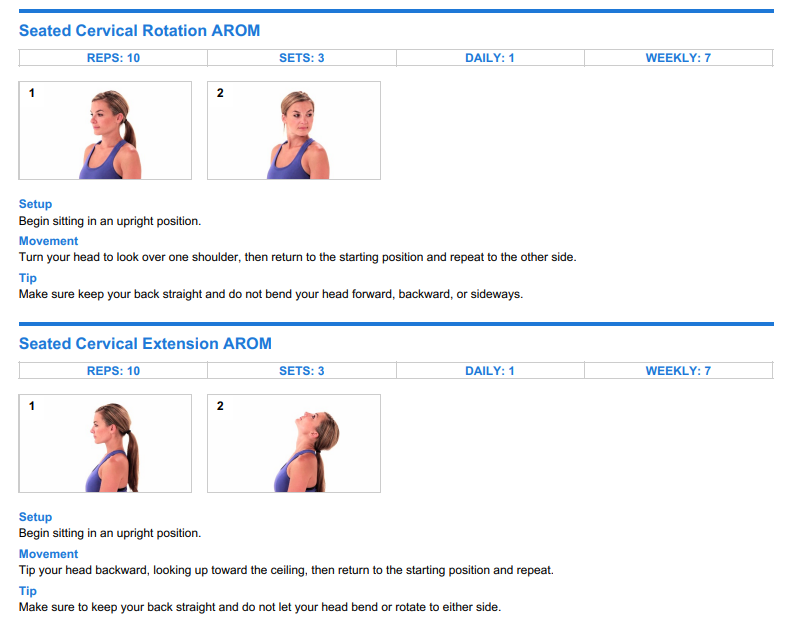
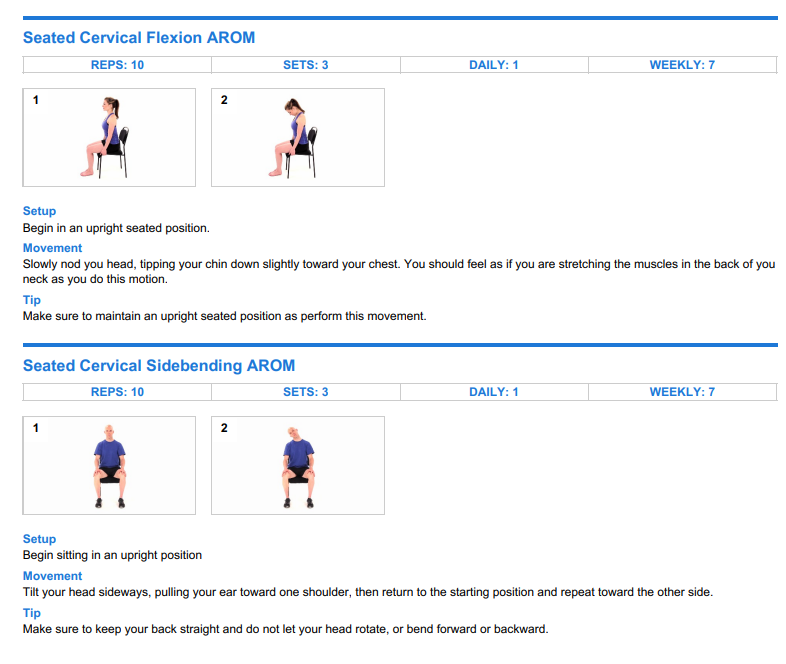
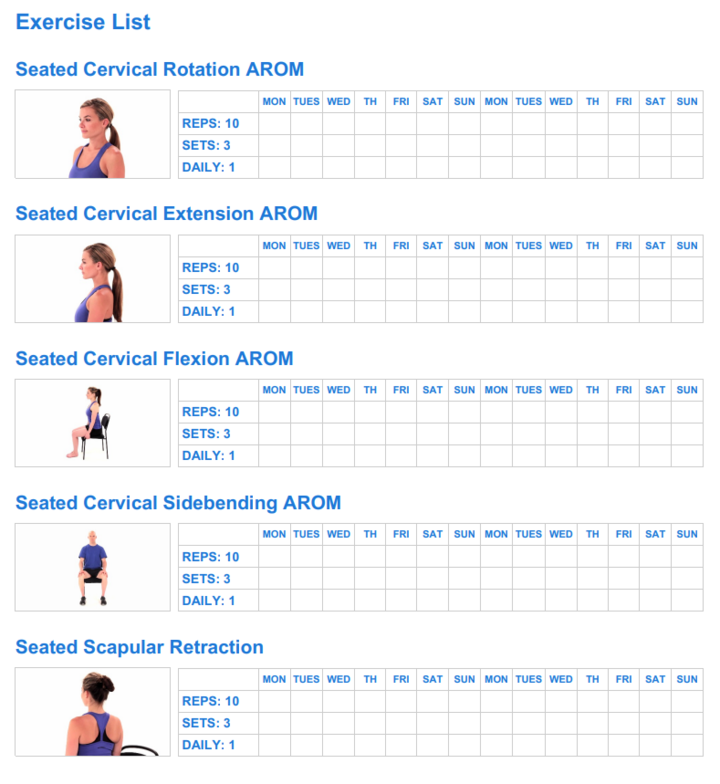
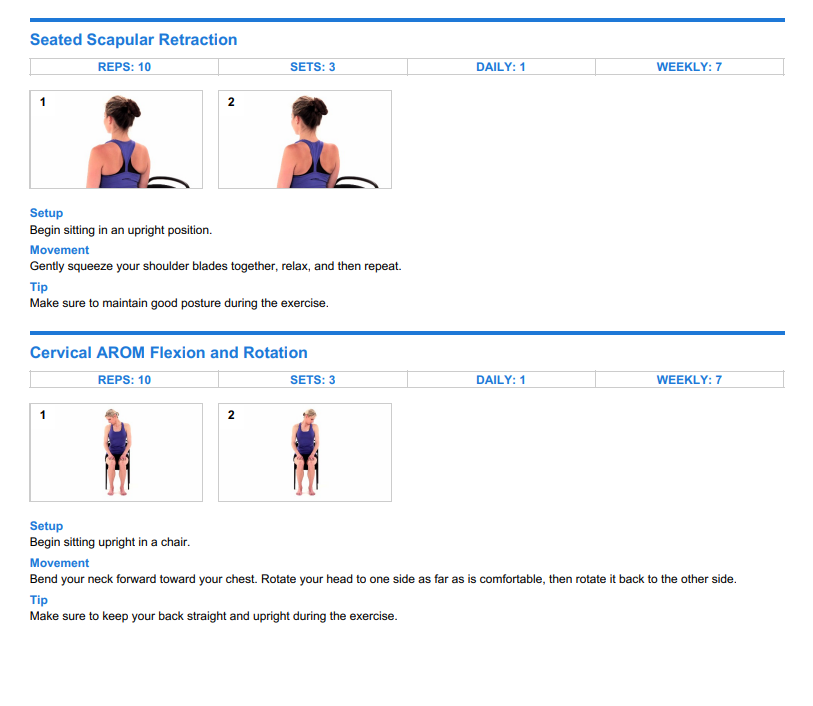

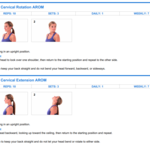
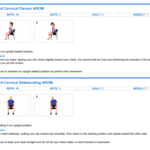
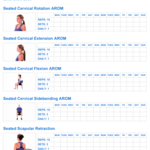
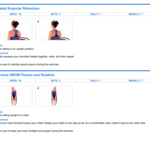
.jpg)


